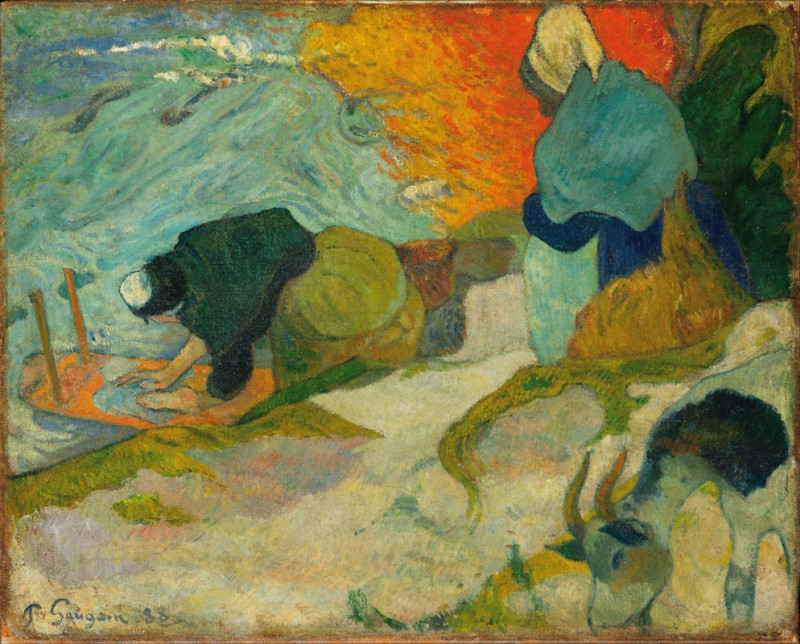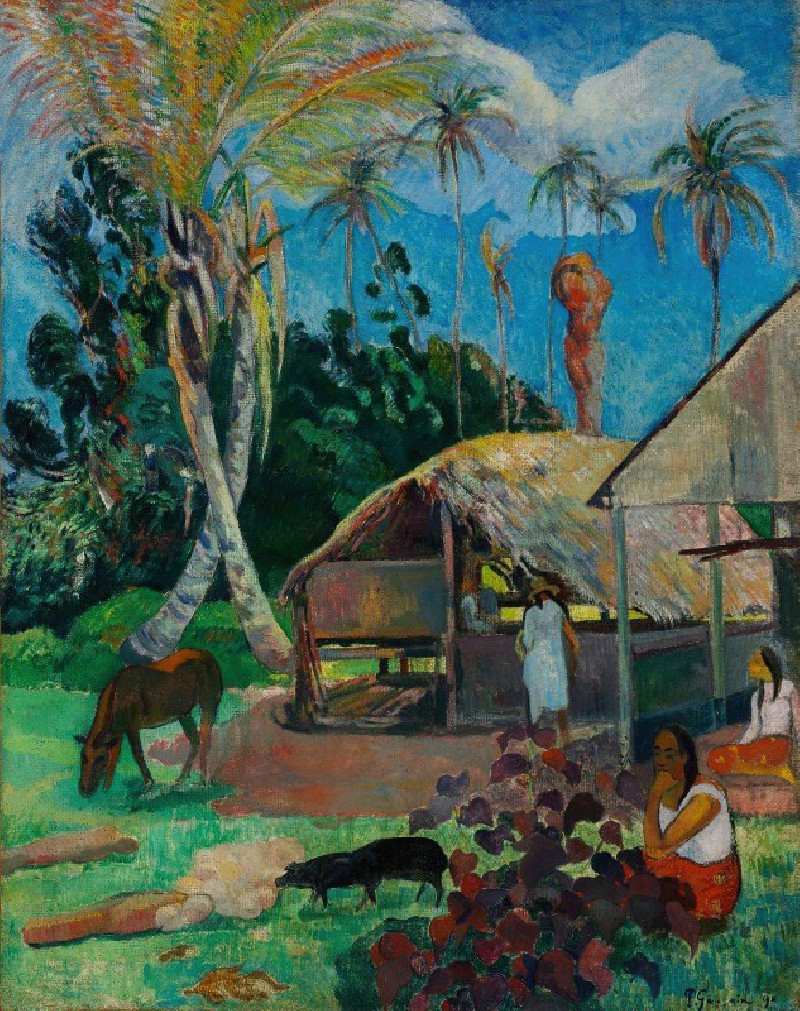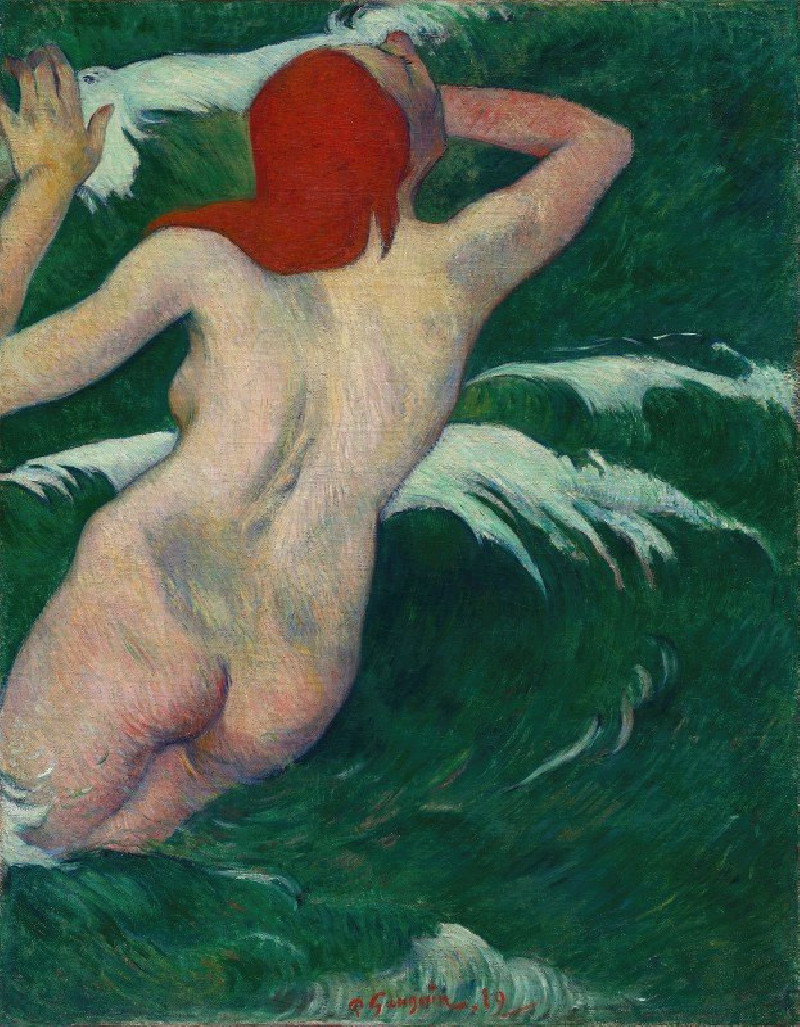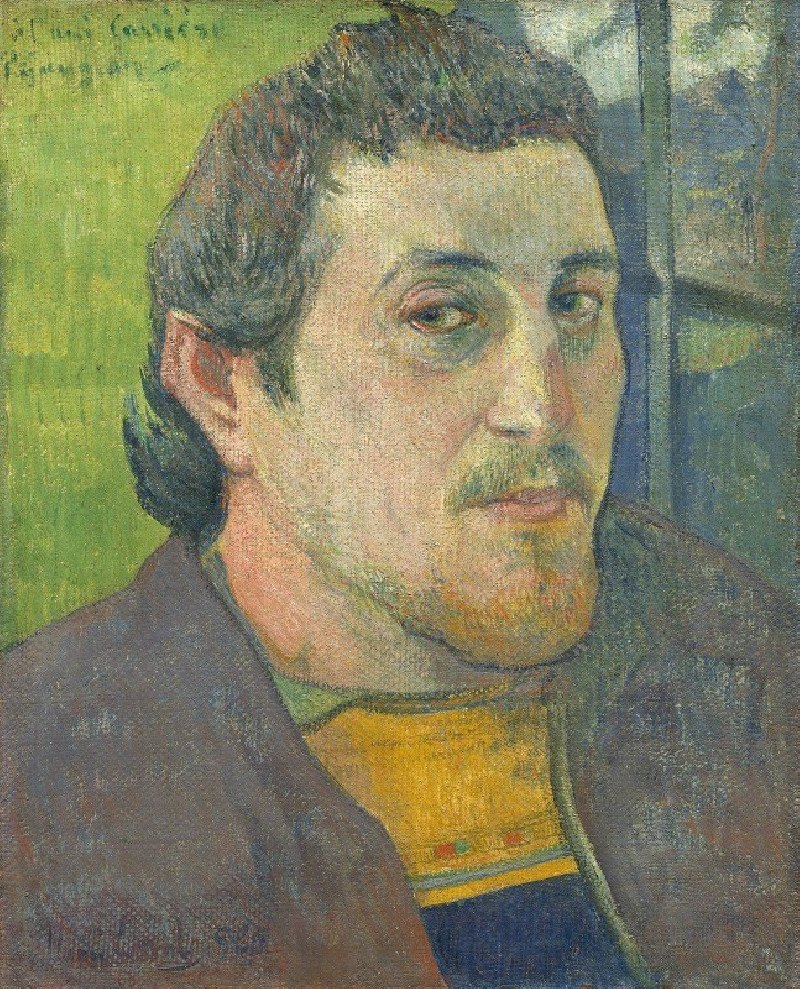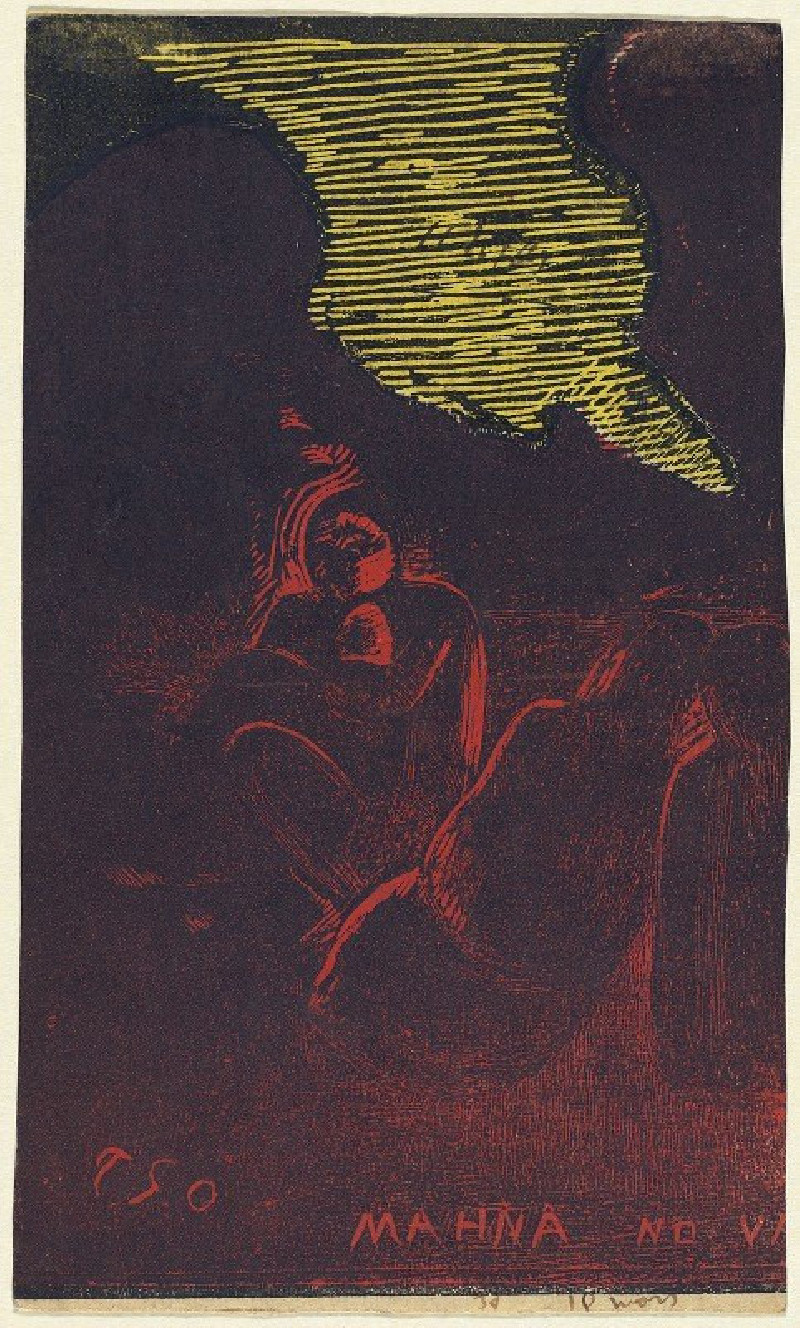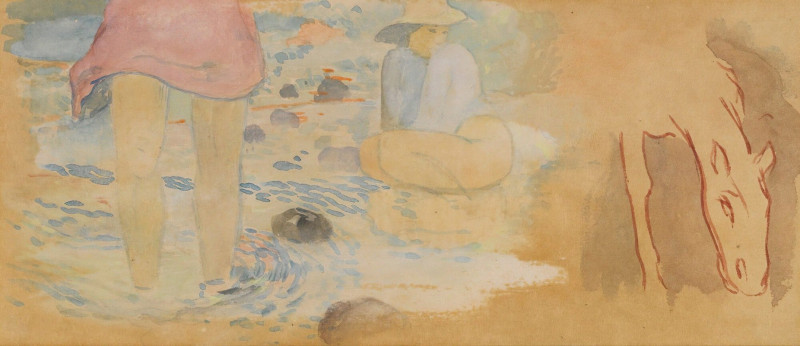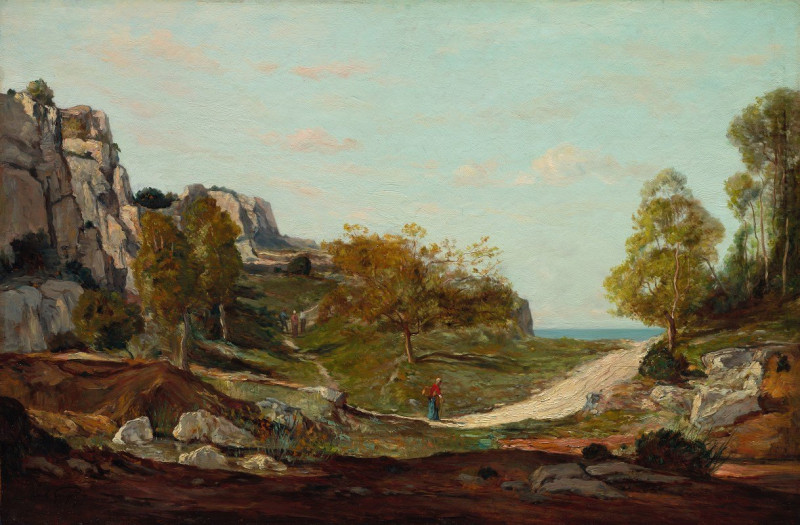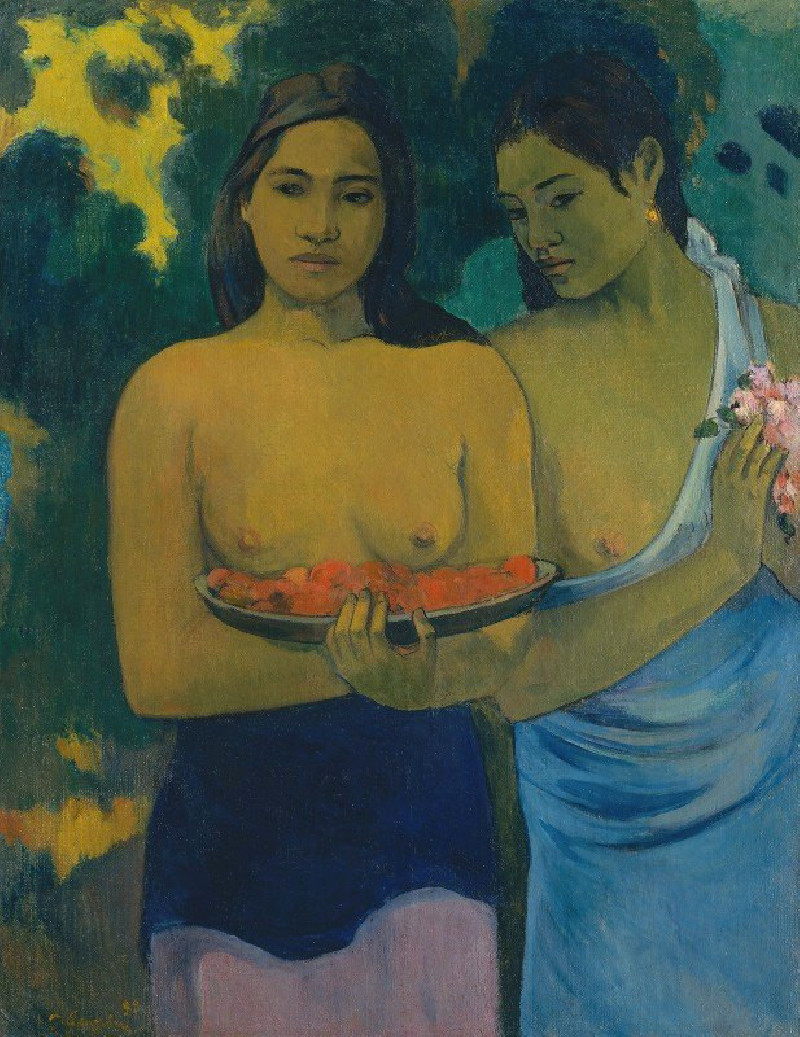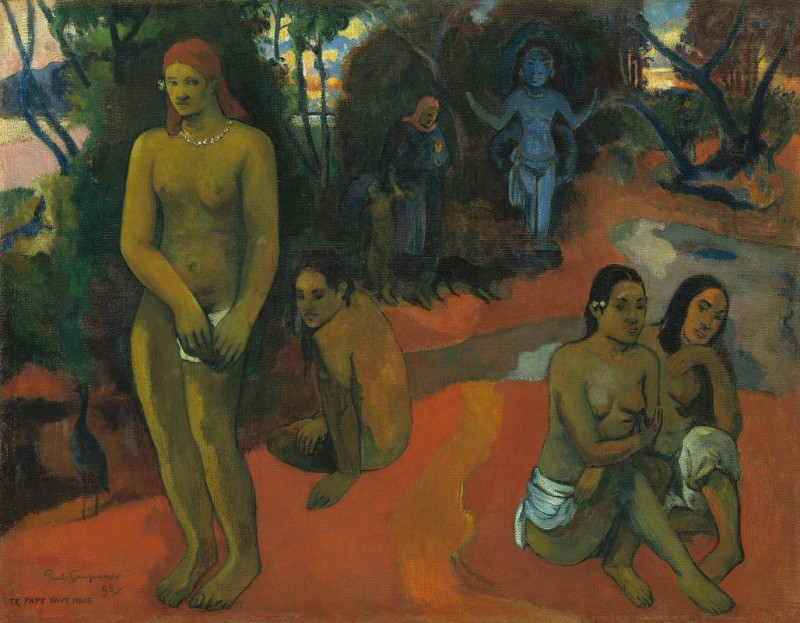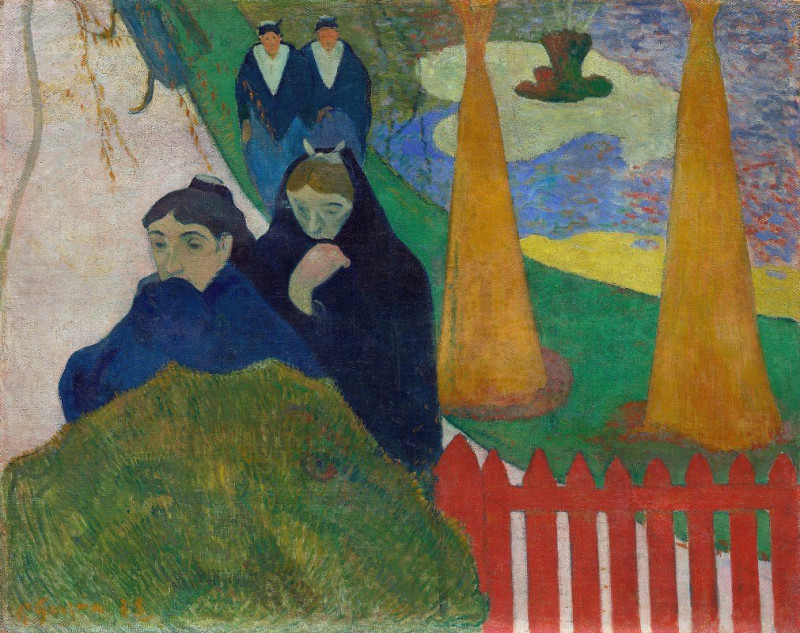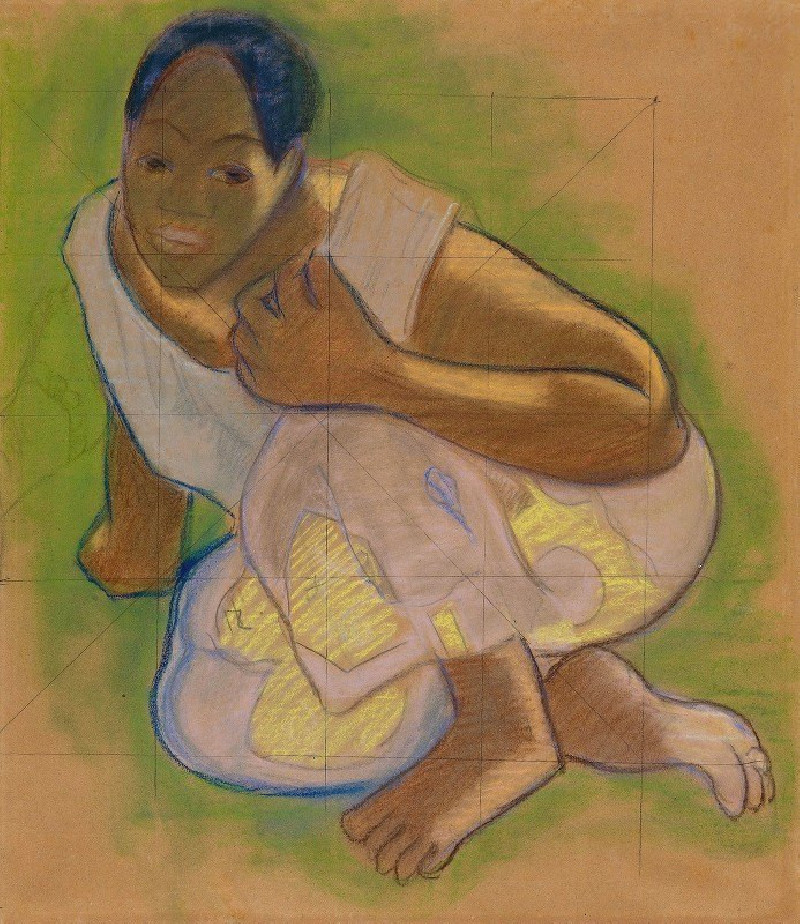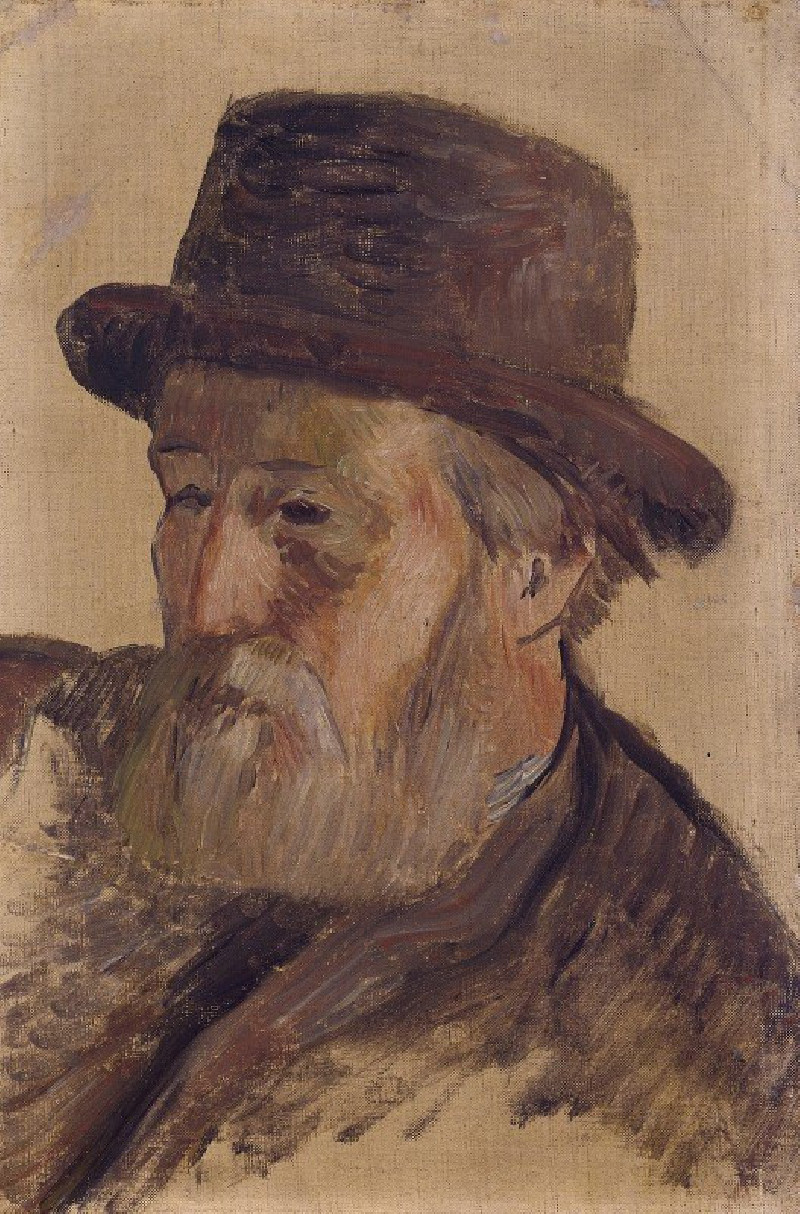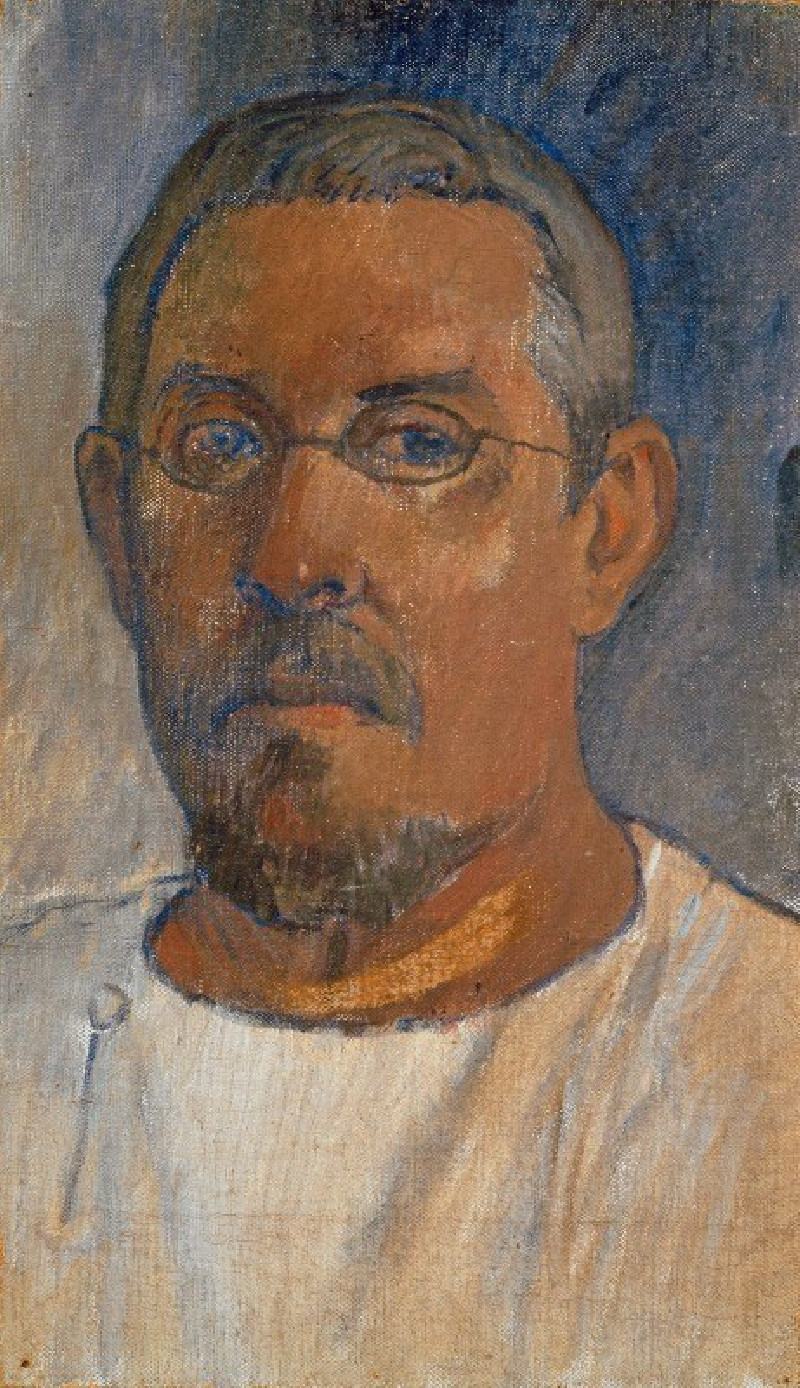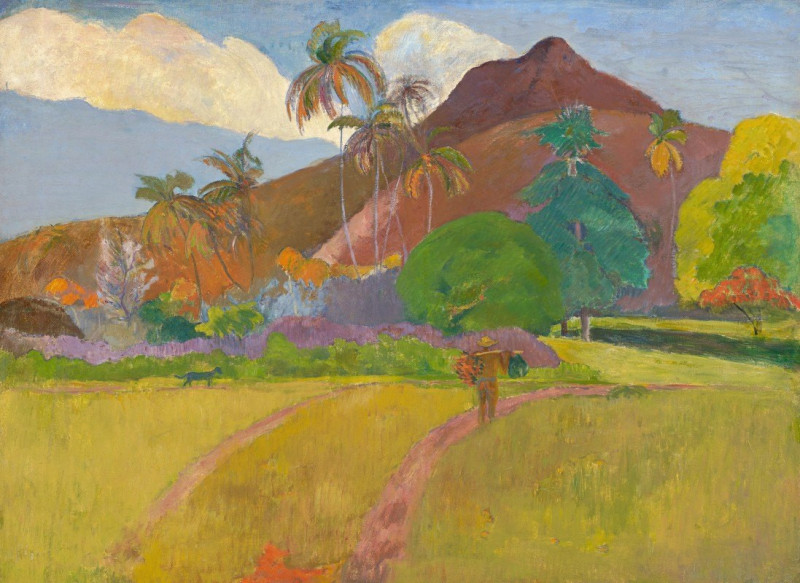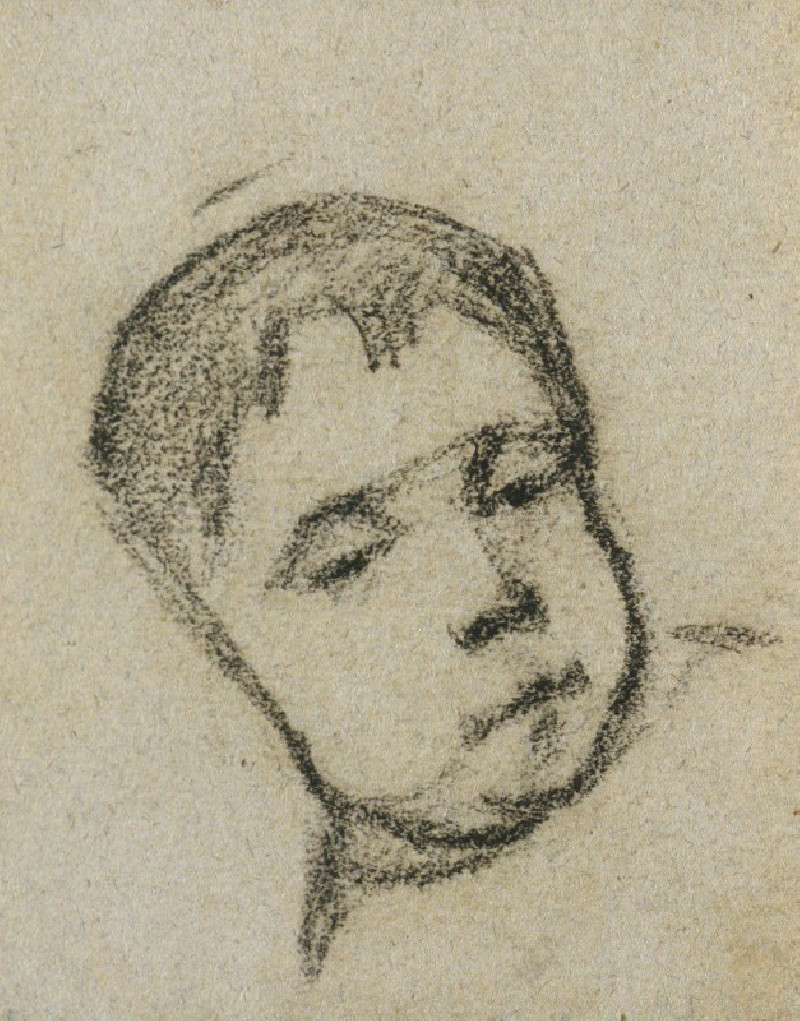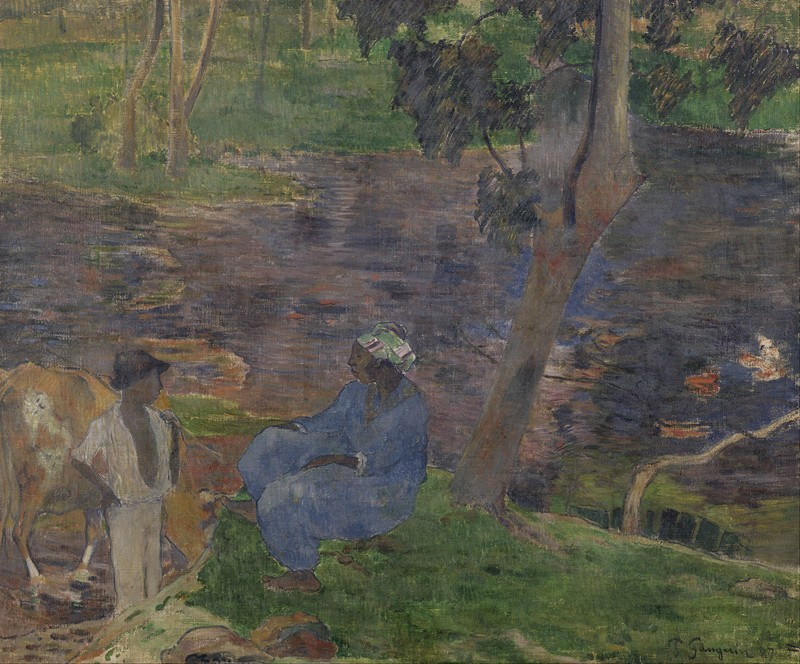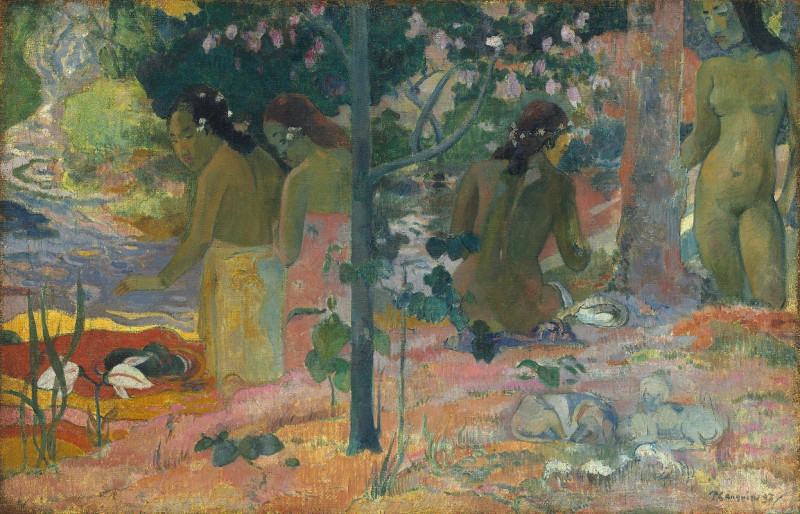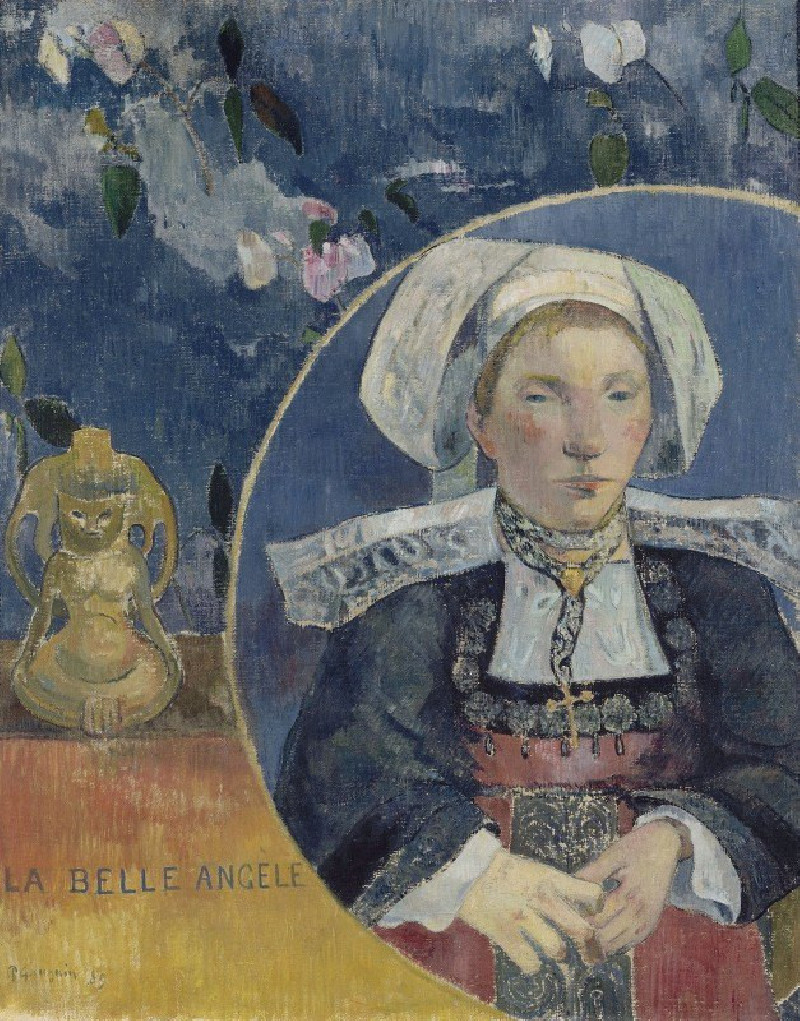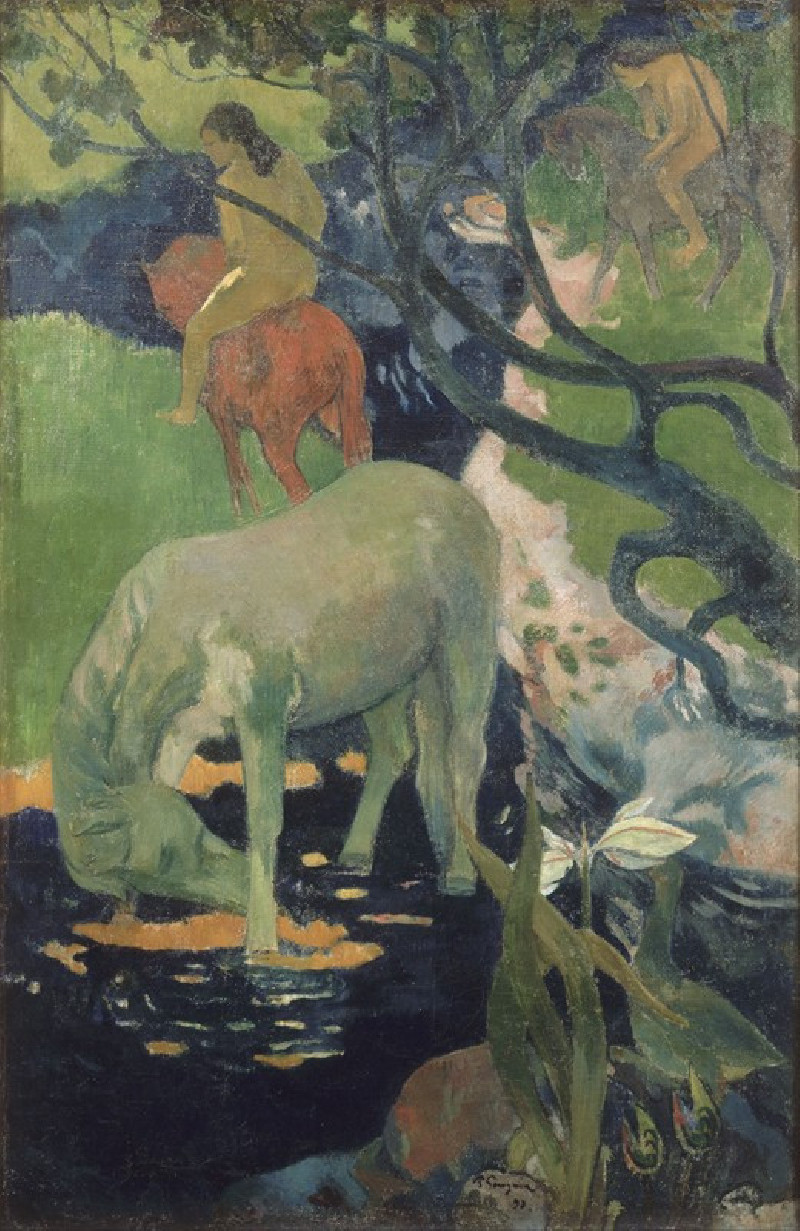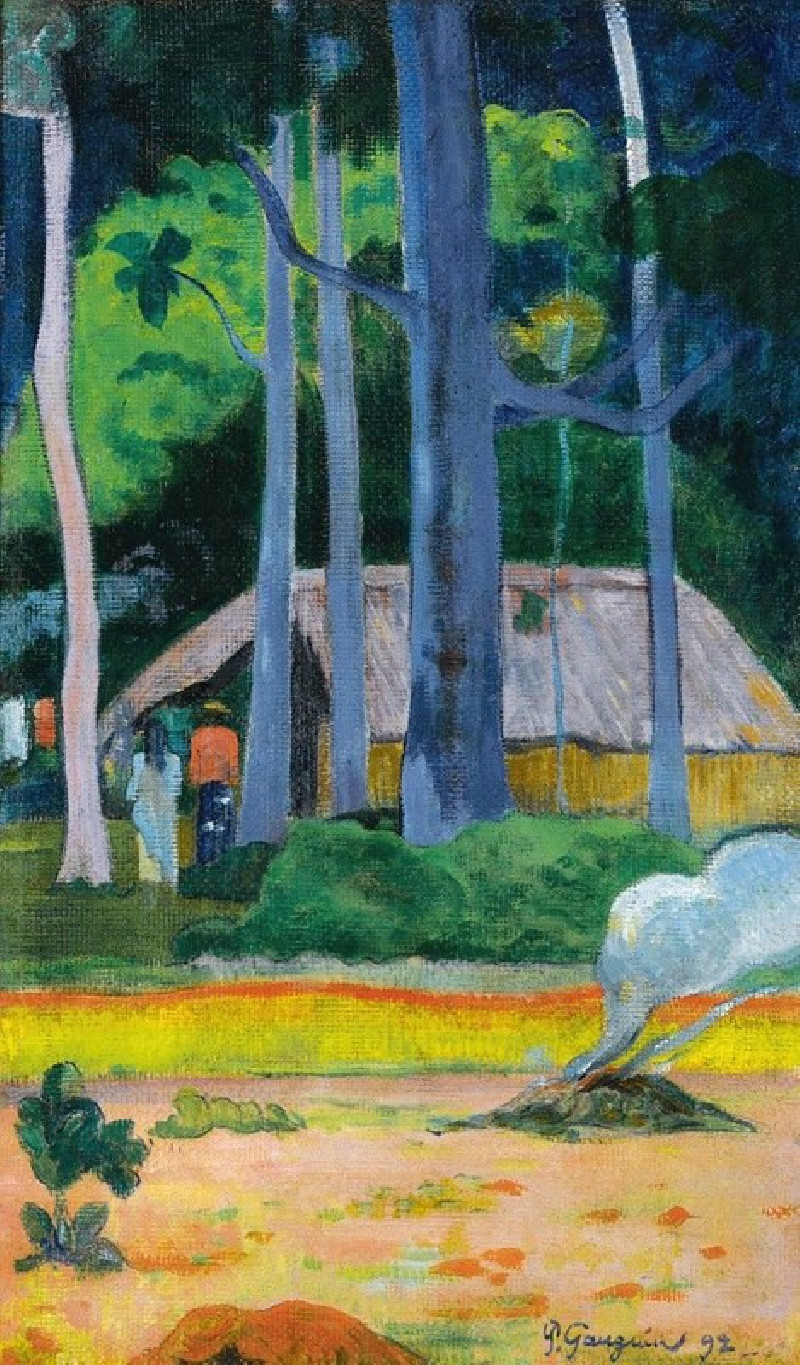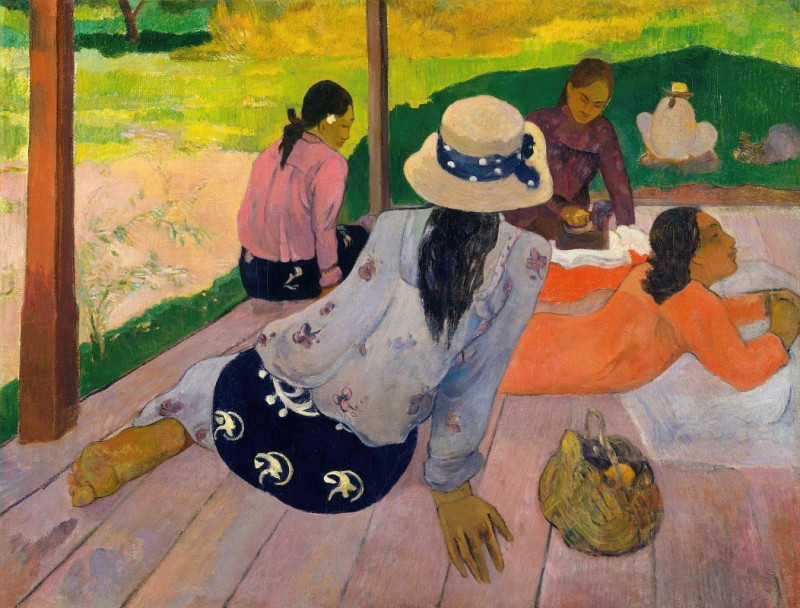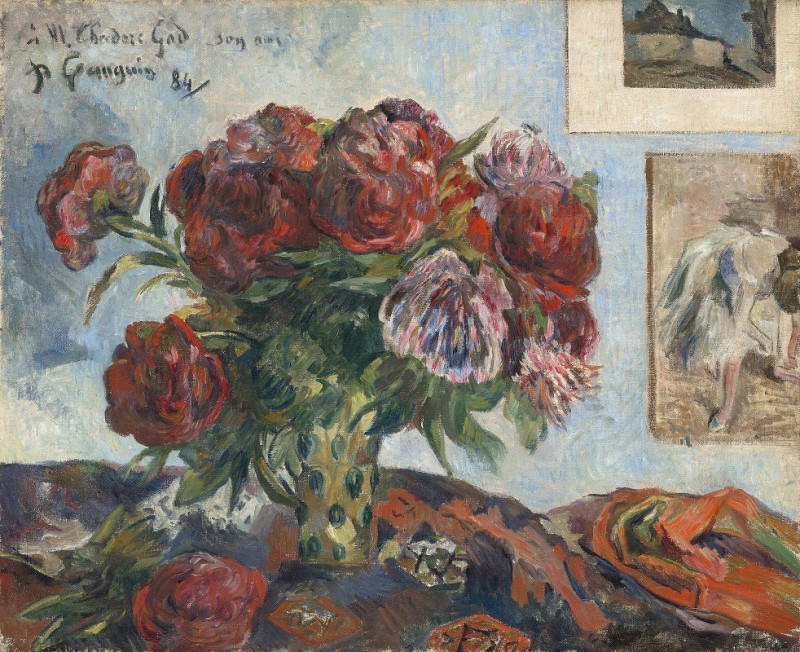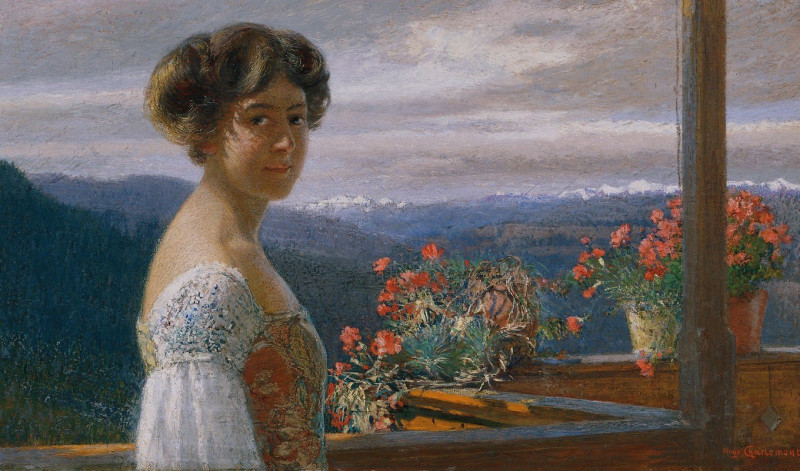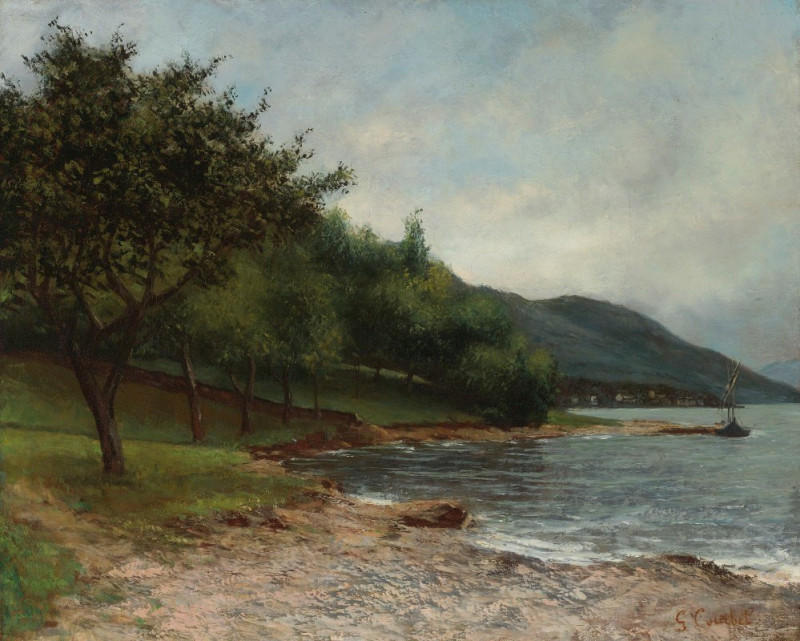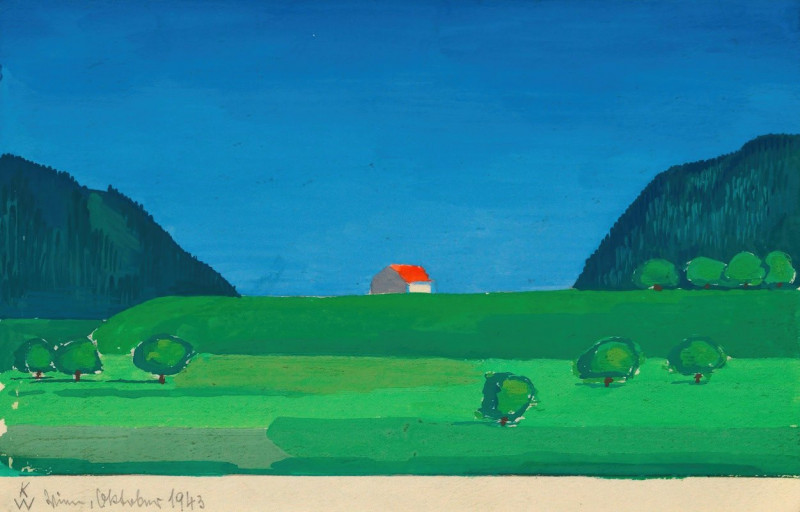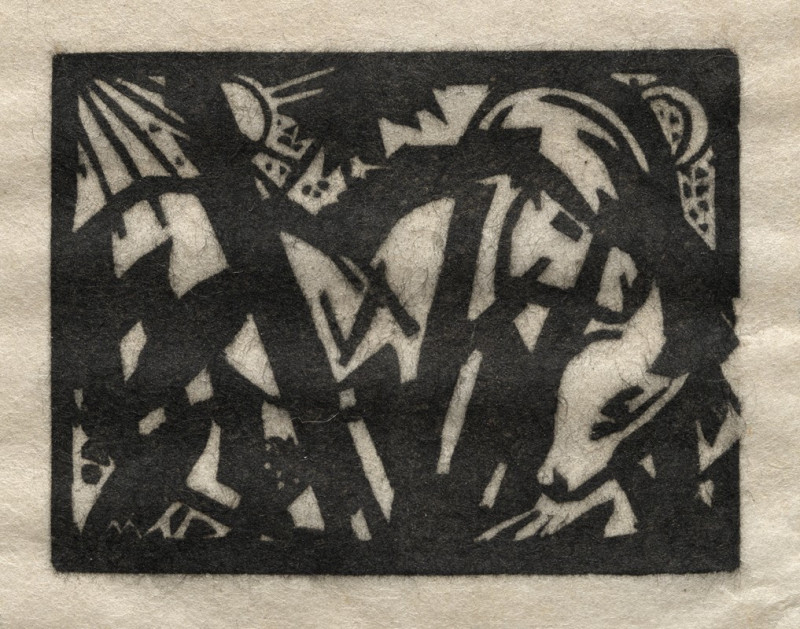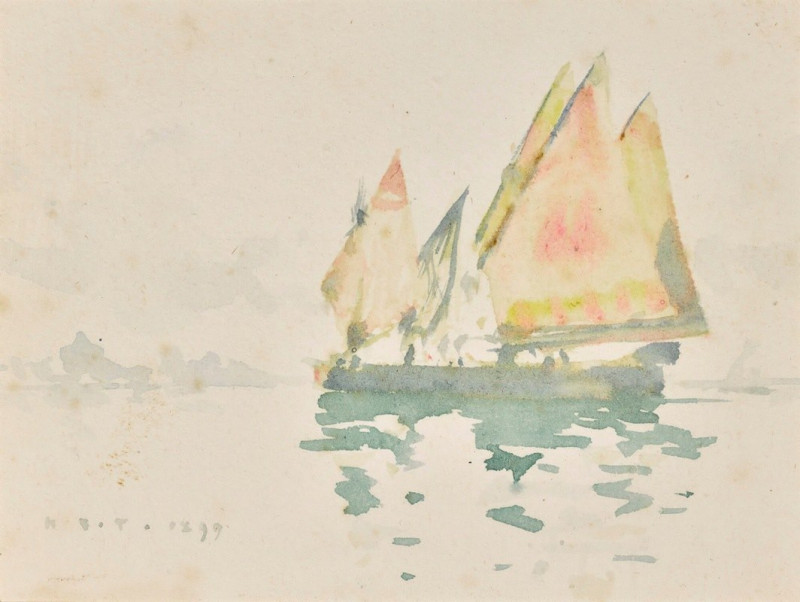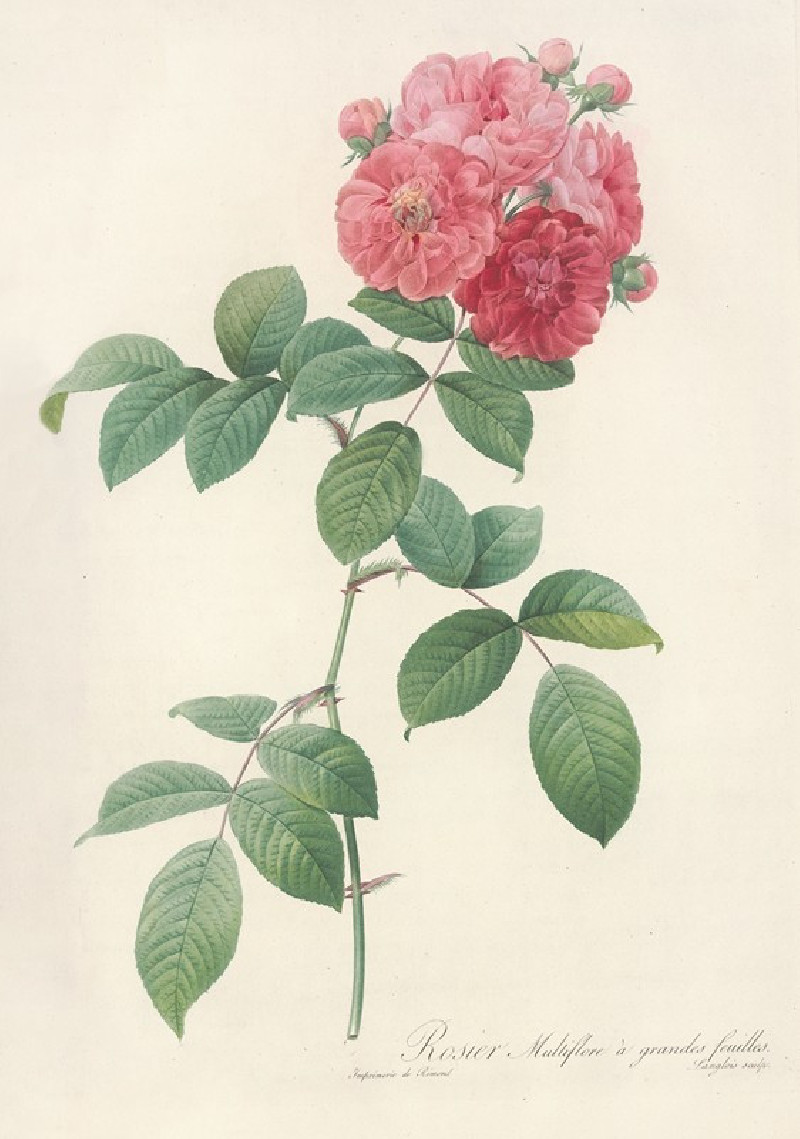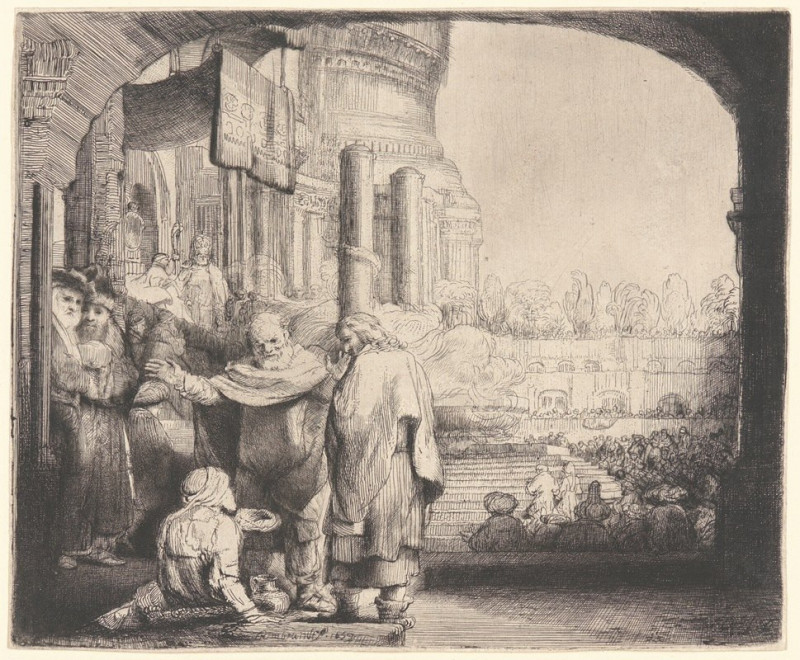Washerwomen in Arles (1888)
Technique: Giclée quality print
Recommended by our customers
More about this artwork
Captured in a vibrant array of colors, “Washerwomen in Arles” is a striking example of Paul Gauguin's unique approach to Post-Impressionism. Created during his time in Arles in 1888, this painting presents a vivid day in the life of local women, engrossed in the seemingly mundane but essential task of washing.In the foreground, two washerwomen are depicted, each absorbed in their work. The woman on the left is shown bending over a washbasin, vigorously scrubbing clothes. Her posture and the intensity of her action suggest the arduous nature of her task. Behind her, another woman stands, her figure draped in rich, contrasting colors that echo the fiery hues of the sky and the cooler tones of the surrounding landscape.Gauguin’s use of bold, expressive colors and exaggerated forms helps to elevate the ordinary to a scene brimming with emotional and visual intensity. The swirling sky, painted in hues of orange, yellow, and blue, dramatizes the background, setting a compelling visual stage for the figures.The painting's composition, with its dynamic angles and the stark juxtaposition of the figures against the natural elements, reflects Gauguin’s departure from naturalism and his journey towards a more synthesized approach to art.“Washerwomen in Arles” is not just an instance of daily life but a powerful portrayal that combines the rhythms of nature with the human spirit.
Delivery
Returns
Eugène Henri Paul Gauguin was a French Post-Impressionist artist. Unappreciated until after his death, Gauguin is now recognized for his experimental use of color and Synthetist style that were distinct from Impressionism. Toward the end of his life, he spent ten years in French Polynesia. The paintings from this time depict people or landscapes from that region.

